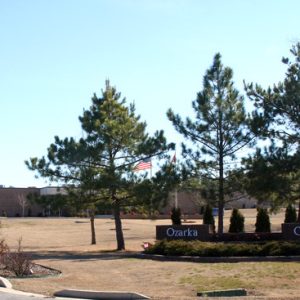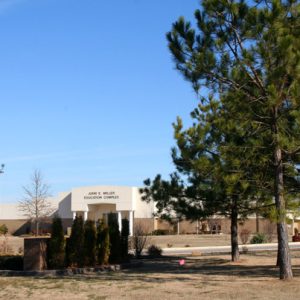 Old Tate Store
Old Tate Store
County: Izard - Starting with O
 Old Tate Store
Old Tate Store
 William A. Oldfield
William A. Oldfield
Oldfield, William Allan
Oxford (Izard County)
Ozark English
Ozark Mountains
aka: Ozarks
Ozark Pocket Gopher
aka: Geomys bursarius ozarkensis
 Ozark Queen Display
Ozark Queen Display
Ozarka College
 Ozarka College
Ozarka College
 Ozarka College
Ozarka College




